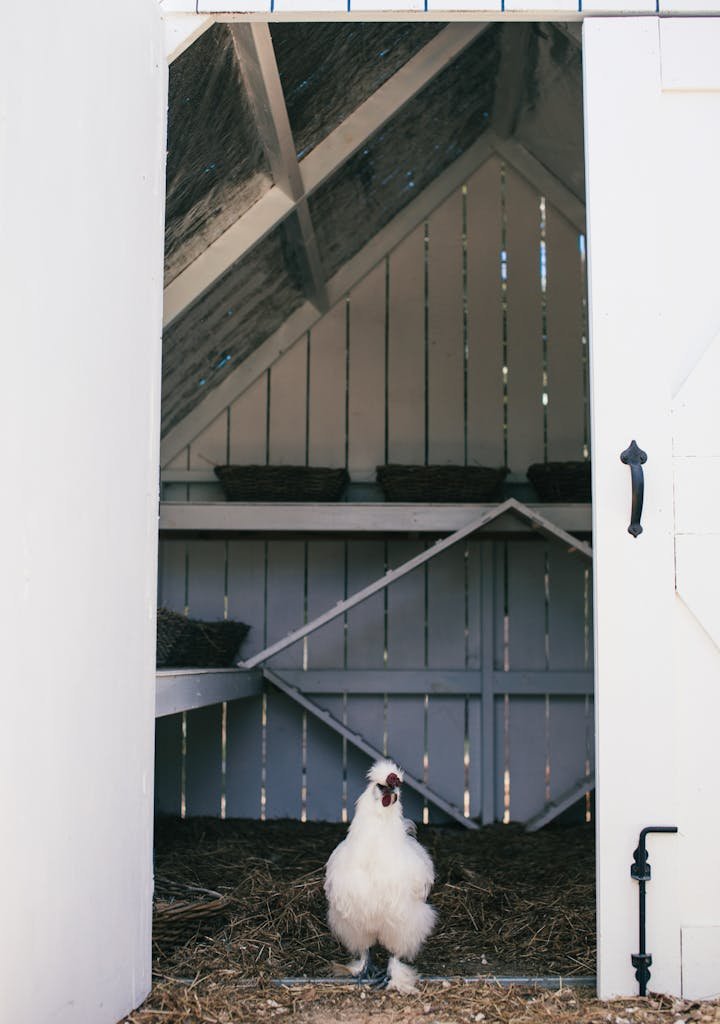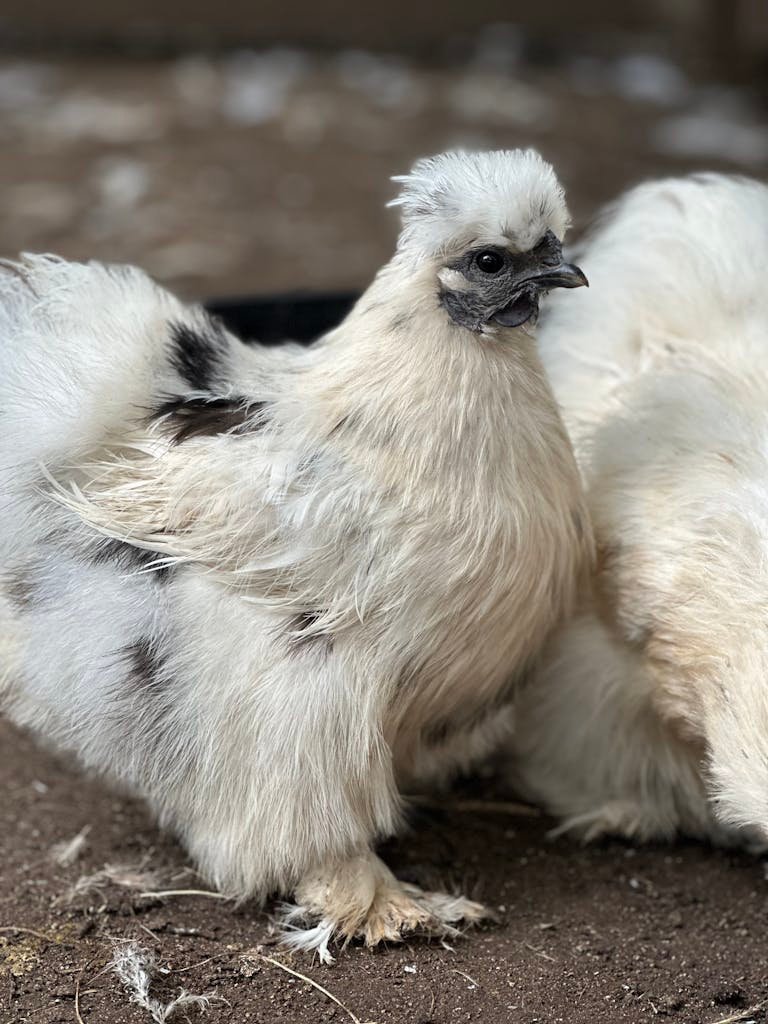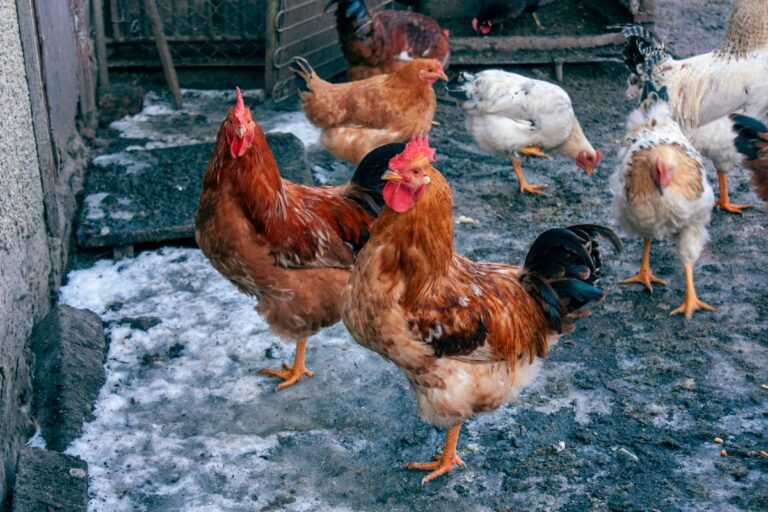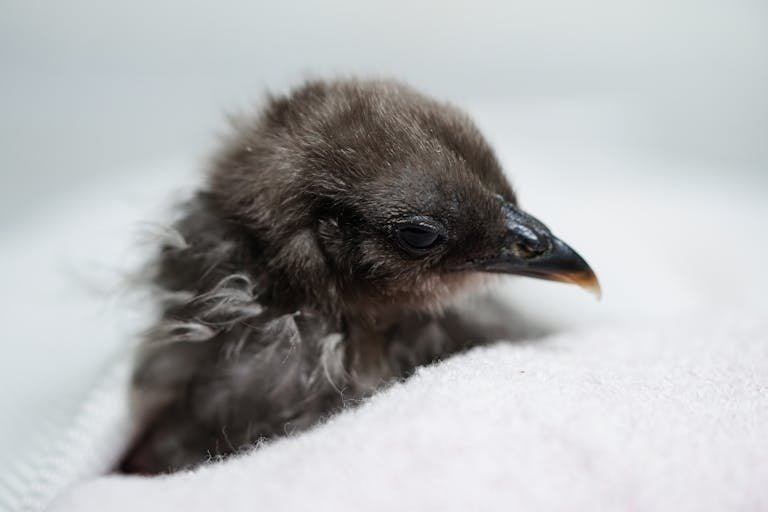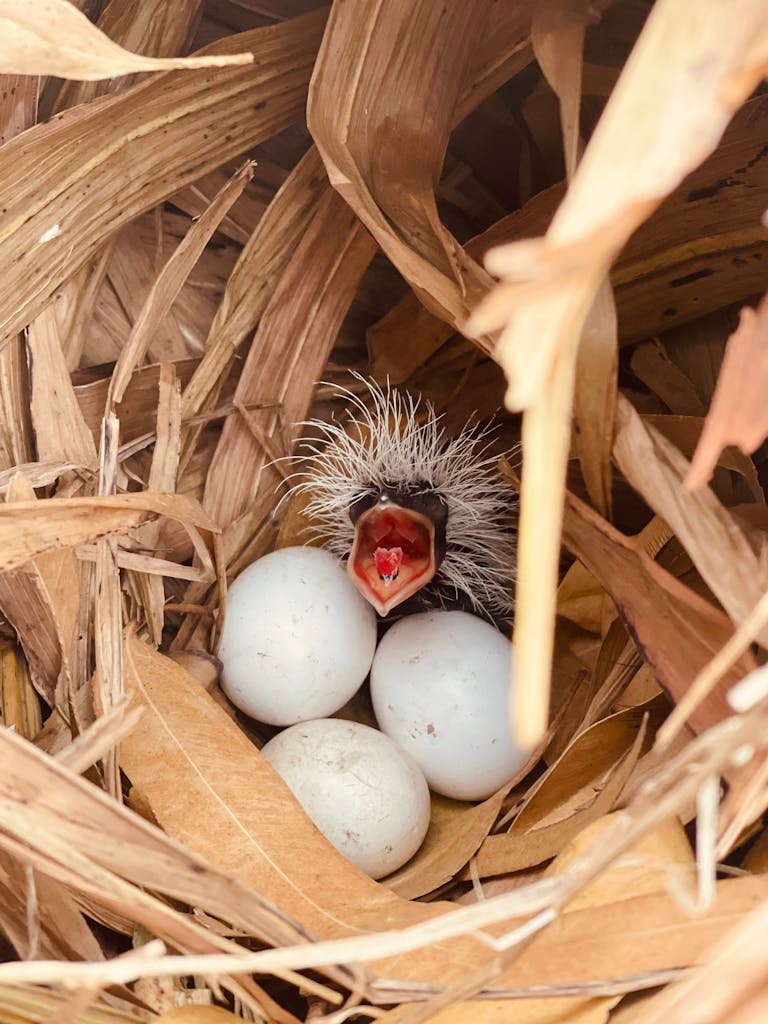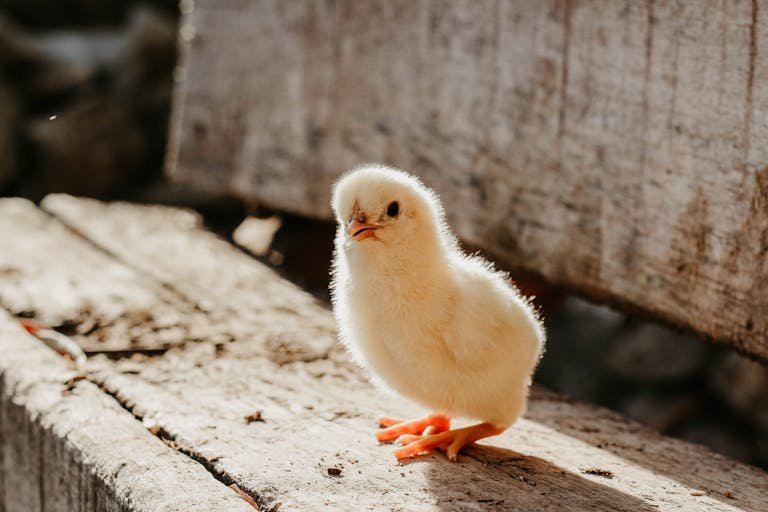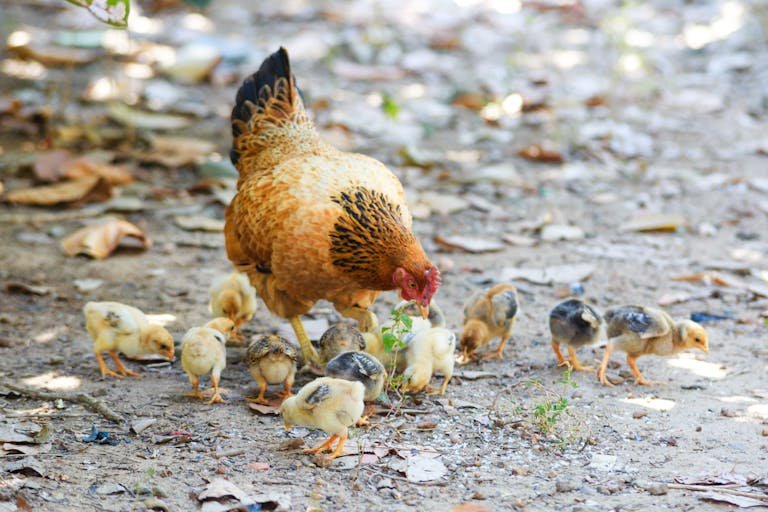Silkie Secrets! Unveiling Hens vs. Roosters
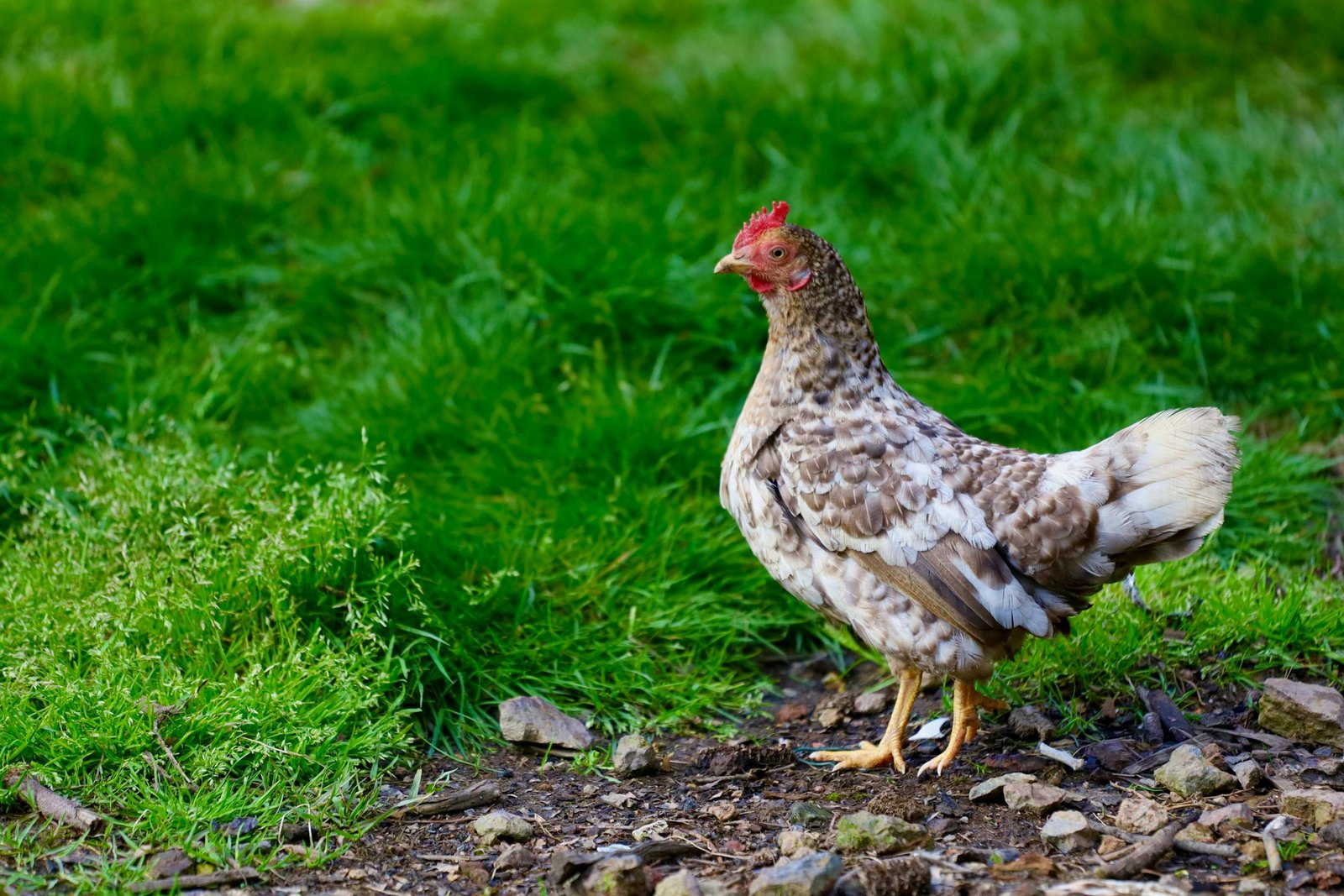
Silkies are among the most interesting and popular of all the types of chickens recognized because of their silk-like down and docile temperament. No matter whether it is your first time having chickens or if you have been a chicken owner for quite some time, you must know the differences between the Silkie hen and rooster. In this article, you will learn about Silkie Hen vs rooster characteristics, their behaviour, and their requirements, which will help you become a good owner of these birds.
What is a Silkie Hen?
The Silkie hen is the female of the Silkie chicken breed. These hens are cute and beautiful birds with fur-like soft and fluffy feathers that make handling them a delightful exercise. Silkie hens are generally small birds, averaging between 1 and 1. 5 lbs in weight. 5 to 3 pounds. They do not lay frequently but lay about 80 miniature cream-coloured eggs yearly. This makes them very friendly animals and perfect pets for families since children will like them.
What is a Silkie Rooster?
A Silkie rooster, on the other hand, is the opposite sex in the Silkie chook type. Although both types of chickens have fluffy feathers, roosters are slightly bigger in size and have more brilliant colours. They can grow twice as big as the hens and have a large red comb and wattled areas. Silkie roosters are a bit more aggressive than hens as they take the role of a guardian for the birds and are known to crow loudly to protect the area and get the girls.
Physical Appearance: Key Differences
Feathers
- Silkie Hen: The feathers on a Silkie hen are soft and fluffy and resemble fur more than what would be expected on a bird. Specifically, feathers exhibit this particular texture because the barbicels, or tiny hooks that typically link feathers together, are absent.
- Rooster: Roosters also possess fluffy feathers; however, they usually have soft feathers on their neck and at the tip of their tail that are used to fight other roosters and attract hens.
Comb and Wattles
- Silkie Hen: Hens are usually not as prominent with their combs and wattles as the roosters. In some instances, these features are virtually negligible, which poses a challenge when it comes to differentiating them by the size of the comb only.
- Rooster: Roosters also have larger and brightly coloured combs and wattles. Most combs are red and raised, while wattles are loose, hanging structures below the beak, thus making the birds easily recognizable.
Tail Feathers
- Silkie Hen: The tails of hens are short and rounded, giving them more of a fluffy feeling than chickens’.
- Rooster: Roosters possess long, elegant tail feathers that further grow, which, combined with the pompous look, can be quite majestic.
Size
- Silkie Hen: Usually, hens are lighter in size and may weigh between 1. 5 to 3 pounds.
- Rooster: Roosters are generally bigger and heavier than hens and can be up to twice as heavy.
Colour
- Silkie Hen: Black is the dominant breed, but hens can be obtained in white, gold, buff, and partridge colours.
- Rooster: The colour can differ from breed to breed, yet roosters have brighter and more contrasting plumage than hens.
Extra Toes
- Silkie Hen: Also, they possess five toes on each leg compared to most chickens’ four.
- Rooster: They also continue to have five toes on each foot and are also kept the same between the male and female roosters.
Behavioural Traits: Understanding Their Roles
Egg Laying
- Silkie Hen: Moderately productive hens lay about 80 small cream-coloured eggs yearly. These birds are good mothers; they are always ready to incubate eggs.
- Rooster: Roosters, as you would expect, do not necessarily lay eggs. Thus, their part is more focused on defense and procreation.
Temperament
- Silkie Hen: Silkie hens are known for being incredibly docile and friendly. They are the best for children and other pets, and ordering them is easy because they are friendly animals.
- Rooster: Roosters may be more aggressive, especially toward fellow roosters or anything they deem threatening. They are seen as protectors and might sometimes be aggressive.
Dominance
- Silkie Hen: Hens are often considered to be of lower status within the birds’ hierarchy.
- Rooster: Roosters are usually the most aggressive and controlling birds within the group as evidenced by their constant crowing and their size.
Crowing
- Silkie Hen: It’s common knowledge that hens do not crow as it is the typical rooster’s privilege. They can only speak in low tones, and they use clucking sounds to do their communication.
- Rooster: Roosters are noisy birds, especially in the morning and during the day’s break. This behaviour assists in protecting their domain and finding a partner for reproduction.
Tips for Identifying Silkie Hens and Roosters
Observation of Behavior
Observing the behavior of the birds one might be able to know which one is male and which one is female. Roosters show more dominance compared to hens; therefore, they tend to crow, posture, or chase other roosters and sometimes attack them.
Physical Examination
Checking the comb and wattles is also useful. You are probably looking at a rooster if they are large and stick out like a sore thumb. Sexual dimorphism in the size and shape of the tail feathers could help distinguish between a rooster and a regular chicken; roosters have longer and fancier tails.
Listening for Crowing
The sound of its call is the other particularly unique method of recognizing a rooster. When there is a crowing sound, you’re bound to have a rooster. Hens are notably less noisy and just peep or cluck gently.
Professional Help
However, if you are not quite decided yet, you should seek advice from your veterinarian or a professional chicken breeder. They are in a position to spot details that may not be easily discernible to someone who is not familiar with them.
Also For You: Are Chickens Mammals?
Health and Lifespan
Common Health Issues in Hens
Some health concerns common with Silkie hens include respiratory diseases and parasitic infections. These issues may be minimized if employees undergo routine health evaluations and the working environment is free of germs. Further, their broodiness may cause them to sit for long, an issue that may need attention now and then.
Common Health Issues in Roosters
It is also important to note that these respiratory problems and parasites can also affect the roosters. They are prone to fight, especially where there are many cocks in the same pen, so one should be vigilant and look for signs of injury.
Lifespan Comparisons
If Silkie hens and roosters are properly cared for, their life span is about 7 to 9 years. However, their diet, surroundings, and even their genes can determine their life span.
Housing Requirements
Coop Design for Hens
Silkie hens require a secure run and a spacious hen house with enough nest boxes. The coop itself does not have to be especially large since the birds are small, but it should have adequate cross ventilation and be secure against potential predators.
Coop Design for Roosters
Broilers need the same type of accommodation as hens, but they must be larger because roosters are bigger and move around more than hens. Make sure that there are enough roosting bars for the birds and adequate space for them to move around outside.
Space Considerations
Providing the birds ample space to move and search for food, whether hens or roosters, is equally important. This is not good for the birds, so they should have enough space to avoid crowded and sickly birds.
Care and Management
Housing
Both hens and roosters need a clean and safe environment. Ensure your coop is spacious enough for the birds, and depending on the number of hens, each needs a nest or box and roosting bars.
Feeding
Feed them chicken feed, but also include grains, vegetables, and some tasty goodies once in a while. Make sure that consumable water is always available.
Health Checks
Regular health checks are crucial. Look out for signs of illness, such as changes in eating habits, feather loss, or unusual behaviour. Maintaining good hygiene in the coop can prevent many common poultry diseases.
Breeding Considerations
If you’re considering breeding Silkies, you need both hens and roosters. Ensure you have enough space to separate the hens and roosters if needed, and monitor the breeding process to avoid aggressive behaviour from the roosters.
Read Also: Can Chickens Eat Celery?
Final Words
Silkies are a delightful addition to any flock, with their unique appearance and gentle nature. In this article, Silkie hens and roosters are differentiated so that one can manage the bird flock and get the most out of it. Whether you are keeping them for egg production, breeding purposes, or just as pets, it is crucial to be able to tell them apart once you venture into poultry farming.
